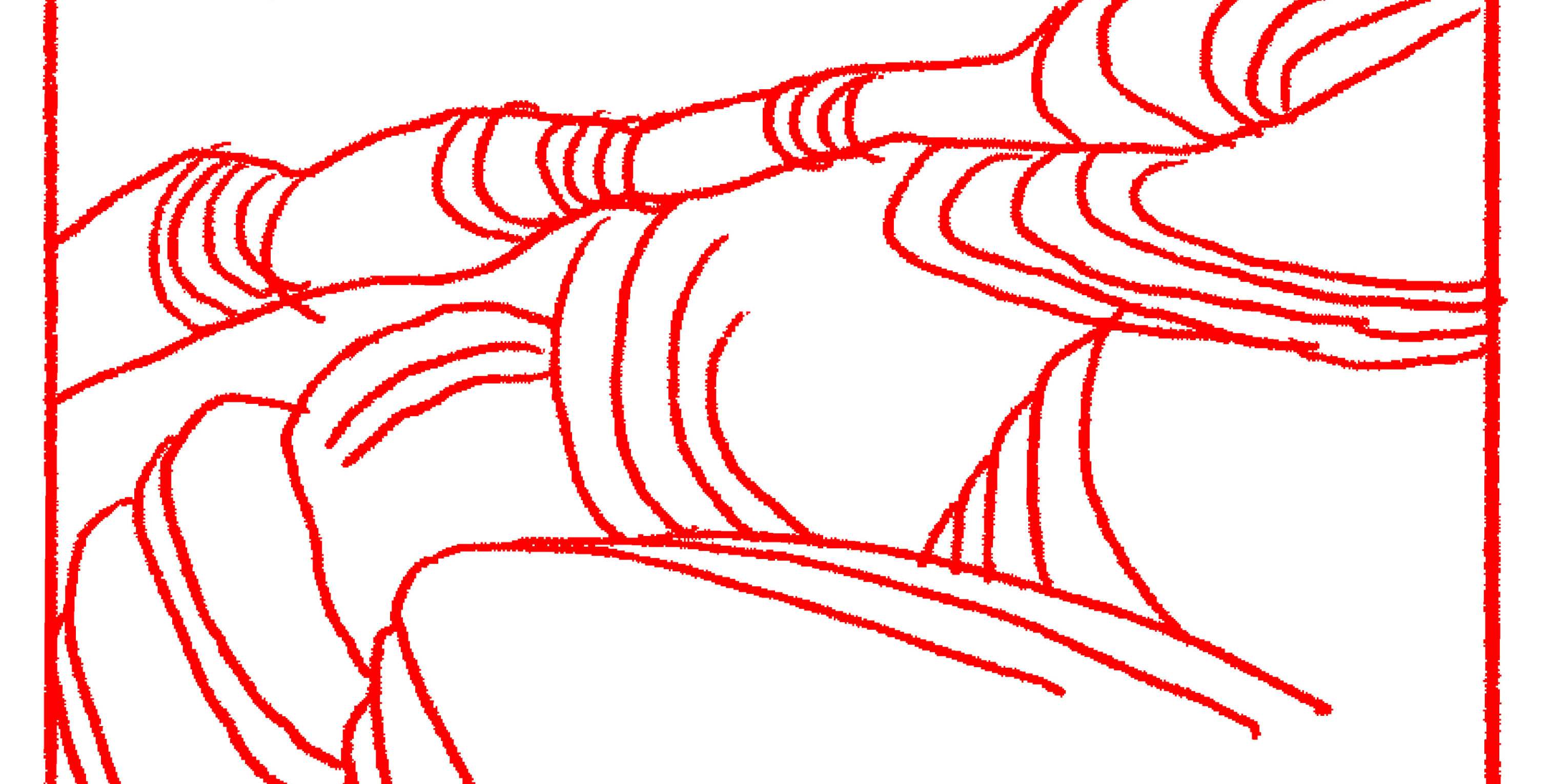

In his first solo exhibition in the Czech Republic, Oliver Ressler presents films and photographic works focused on the climate justice movements and forms of resistance to the wrecking of the Earth’s climate – and the basis of human existence. The title “No Future is cancelled” points to the necessity for people to engage politically: refusing to leave decisions that affect everyone’s life either to national politicians or to transnational corporations. In other words to engage on a massive and global scale in what Jeremy Brecher has called “climate insurgency”.
The central piece in the exhibition is Ressler’s 5-channel video installation “Everything’s coming together while everything’s falling apart” (2016-ongoing). It follows the climate justice movement and its struggles to dismantle an economic system heavily dependent on fossil fuels. The work records key events for the movement, connecting many situations, contexts, voices and experiences.
In the first film called COP 21, activists contest the UN Climate Change Conference in Paris in 2015, where governments proved themselves incapable of commitment to any binding agreement that would curtail global warming. The film on the Ende Gelände action shifts the focus to a massive civil disobedience action at the Lusatia lignite coal fields (near Berlin), where 4,000 activists entered an open-cast mine. The film on the ZAD focuses on Europe’s largest autonomous territory, which emerged from the struggle against a new airport at Nantes in France. The ZAD successfully exemplifies the necessity to resist and to create alternatives simultaneously. The film on Code Rood highlights a civil disobedience action in June 2017 at the port of Amsterdam, Europe’s second-largest coal port. The fifth film titled Limity jsme my leads us directly into the blockade of Bílina coal mine in Northern Bohemia in the Czech Republic in 2018. 280 of approximately 400 activists taking part were detained. The camera follows a group of activists awaiting deportation inside a police kettle, against the backdrop of a landscape defaced by lignite strip-mining. While the screen shows images filmed from inside a prisoner transport vehicle, we hear the voice of a semi-fictional character, reflecting on mass civil disobedience.
The exhibition also showcases a cycle of photographs, “How Is the Air Up There?” (2018), that are presented in the gallery’s windows to be visible from the street. This series was shot in Hambacher Forest, where Europe’s longest lasting tree-top occupation is ongoing. For 7 years now, around 100 – 200 people have lived in this forest near Cologne, Germany, preventing the clear-cutting sought by energy company RWE for the extension of its Hambach open-cast mine.
The situation has changed dramatically since September 13, 2018, when 3 – 4,000 police were moved in to evict the occupation, tearing down barricades, tree houses and kitchen facilities in a nonstop, day-and-night assault lasting two weeks. On October 5, 2018 a German court ordered the suspension of the Hambacher Forest clearance. It may take months or even years now for the court to decide whether RWE has the legal right to extract the coal beneath the forest as it intends. This huge victory demonstrates that people acting collectively with commitment are capable of protecting a forest, and that effective action against global heat death is possible.
“No Future is cancelled” is complemented by various photographic works referring to the climate crises: The stranded managers of “Stranded” (2015); “Red Line Against Fossil Capitalism” (2017/2019) and the photomontage “Arctic permafrost is less permanent than its name suggests” (2019), which will be presented for the first time on the occasion of this exhibition.
“New Model Army” brings spectres of the climate movement protagonists into the gallery in the form of life-size mannequins. The mannequins stand in for activists whose civil disobedience ensures that no new eco-looting enterprise, however routine it may seem to stockholders, can ever be considered a done deal. The mannequins hold up headline-style slogans concerning the crossing of the 1.5° threshold, e.g. “BLOODY RED LINES: CARBON UNCHAINED” and “400 CARBON PARTICLES – RED LINE CUTS GLOBAL THROAT”. A mannequin all in red stands for a climate movement axiom: “BE THE RED LINE”. If institutions ignore the difference between life and planetary death, only we can make the line impossible to cross.
The earliest work on display is a painting on aluminium titled “Green House” (1994), literally translating “greenhouse effect” as “green houses”. The “houses” appearing in axonometric style could also be regarded as arrows representing carbon emissions aiming towards the atmosphere.
Thanks to Matthew Hyland for the exhibition title idea.
Oliver Ressler (b. 1970) lives and works in Vienna. He produces installations, projects in public space, and films on issues such as economics, democracy, migration, the climate catastrophe, forms of resistance and social alternatives. He has completed thirty-three films that have been screened worldwide in thousands of events of social movements, art institutions and film festivals. He had comprehensive solo exhibitions at Centro Andaluz de Arte Contemporaneo – CAAC, Seville; Wyspa Institute of Art, Gdansk; Lentos Kunstmuseum, Linz; MNAC – National Museum of Contemporary Art, Bucharest; SALT Galata, Istanbul and currently at Cultural Centre of Belgrade. Ressler has participated in more than 350 group exhibitions, including Museo Reina Sofía, Madrid; Centre Pompidou, Paris; Van Abbe Museum, Eindhoven; MASSMoCA, North Adams, USA; the biennials in Prague (2005), Seville (2006), Moscow (2007), Taipei (2008), Lyon (2009), Venice (2013), Quebec (2014), Jeju (2017), Kyiv (2017), Gothenburg (2019), Stavanger (2019), and at Documenta 14, Kassel, 2017 (exhibition organized by EMST). Ressler directs “Barricading the Ice Sheets”, a research project on the climate justice movement, funded by the Austrian Science Fund. He was the first prize winner of the Prix Thun for Art and Ethics Award in 2016.
Curator
Michal Koleček